by Holly Hartman
When days grow shorter and nights get frosty, storytelling season has arrived. Autumn is the perfect time of year to spend an evening with family or friends, telling tales that scare us silly, tickle us to tears, or leave us speechless with wonder. Gathered at the dinner table or snuggled in front of a fire, someone begins, “Did I ever tell you about that time...?”
Storytelling is as old as human history, and we all can do it. Stories can be passed down through generations or made up on the spot. They can be real accounts of history or tall tales that defy belief. Some stories inspire good behavior, while others try to scare us away from behaving badly. Almost all stories have the unique power to connect us with each other.
For young children, stories hold a particular kind of magic. Preschoolers are just beginning to learn language and build knowledge, and they use all their senses to take in a story. They absorb feelings from the storyteller’s face, voice and hands. They make their own meaning when names, places or actions are unfamiliar, and they watch other listeners to know how to respond. Listening to familiar stories over and over, they develop many of the skills they will use to master reading, writing and math. Research has shown that homes where family members talk with each other frequently, beginning at birth, produce children who thrive in school.
Like people of any age, children are most attentive and engaged when the storytelling is personal. Family stories help them build their identity, for better or worse. That’s why it’s so important for us to choose carefully the words we use to describe our children when we tell stories that involve them, especially at times when we think they are not listening!
With all the modern devices available for sharing stories, it might be tempting to think that books or screens are a substitute that will be more appealing and valuable to our children than the act of simply listening to us telling tales. But once children have heard live storytelling, I have never known them to choose otherwise, for storytelling builds a deeper, long-lasting relationship between teller and listener.
By bending and stretching a story to meet the child’s needs, we empower them to try on new roles and feelings. When the story to engages their imaginations and appeals to their empathy, it becomes real to them and they are active participants in its outcome. Soon they will want to tell stories of their own, and we will be the delighted listeners. As we pass the roles of teller and listener back and forth, we stitch together the bonds that strengthen family and community.
My grandmother used to open her stories by saying, “I’ll give you a story.” I have come to realize how truly she spoke, for stories passed from one generation to another can be the most lasting and cherished of gifts. This autumn, try not to miss the opportunity to gather your loved ones close and begin; “Once upon a time...”
Learn more about The Basics at https://thebasics.org/
Holly Hartman is an early childhood educator, author, and member of Stillwater’s Early Childhood Coalition, Inc.



